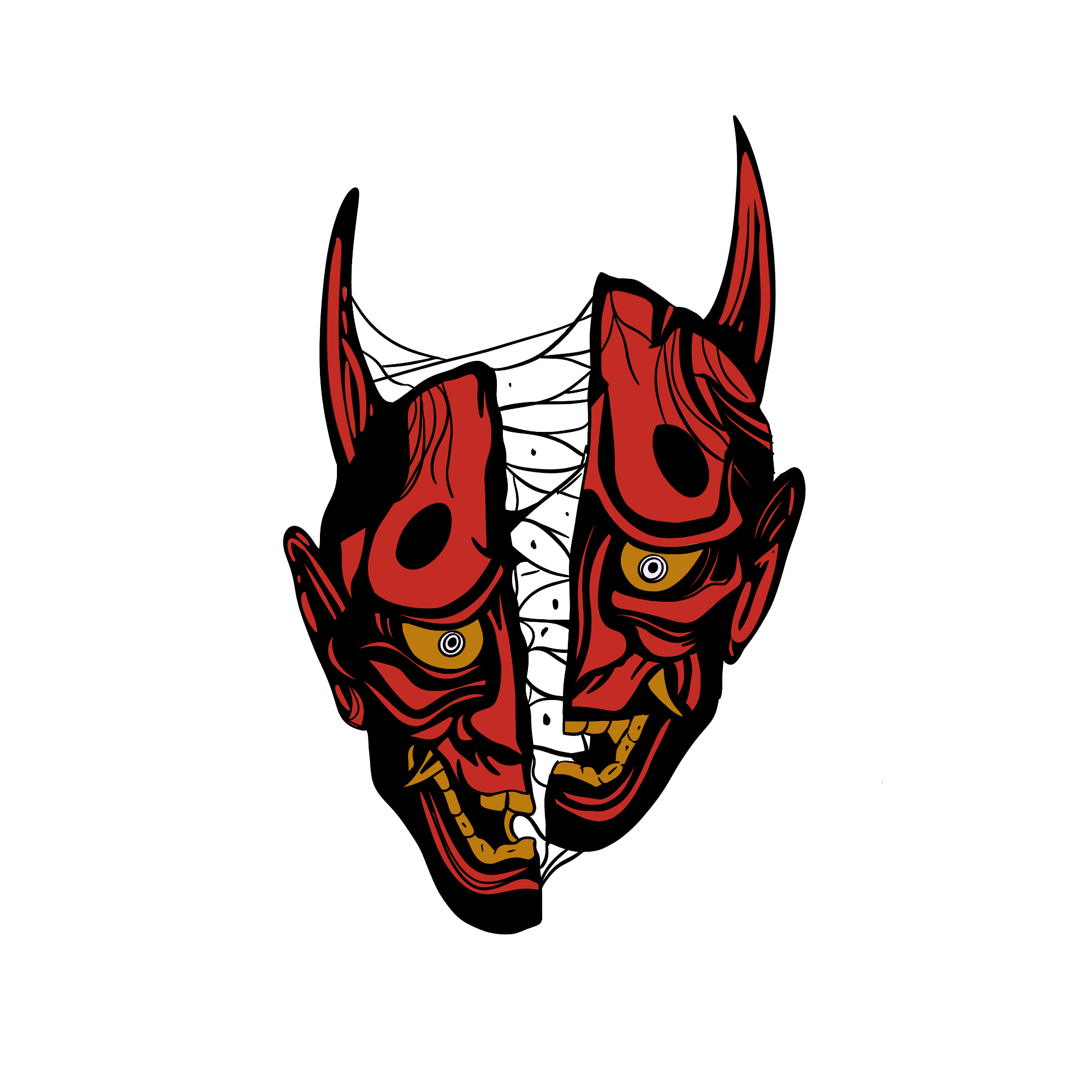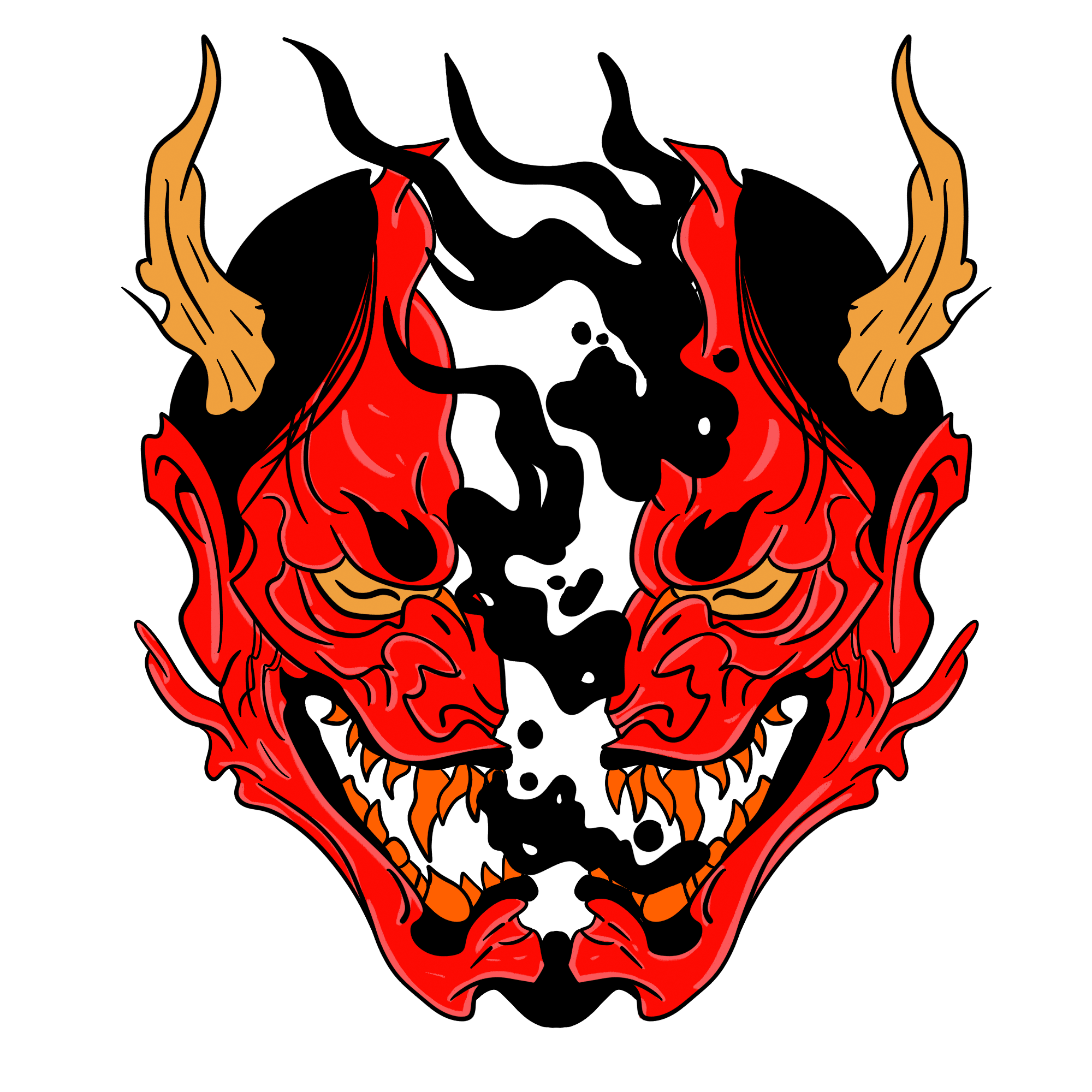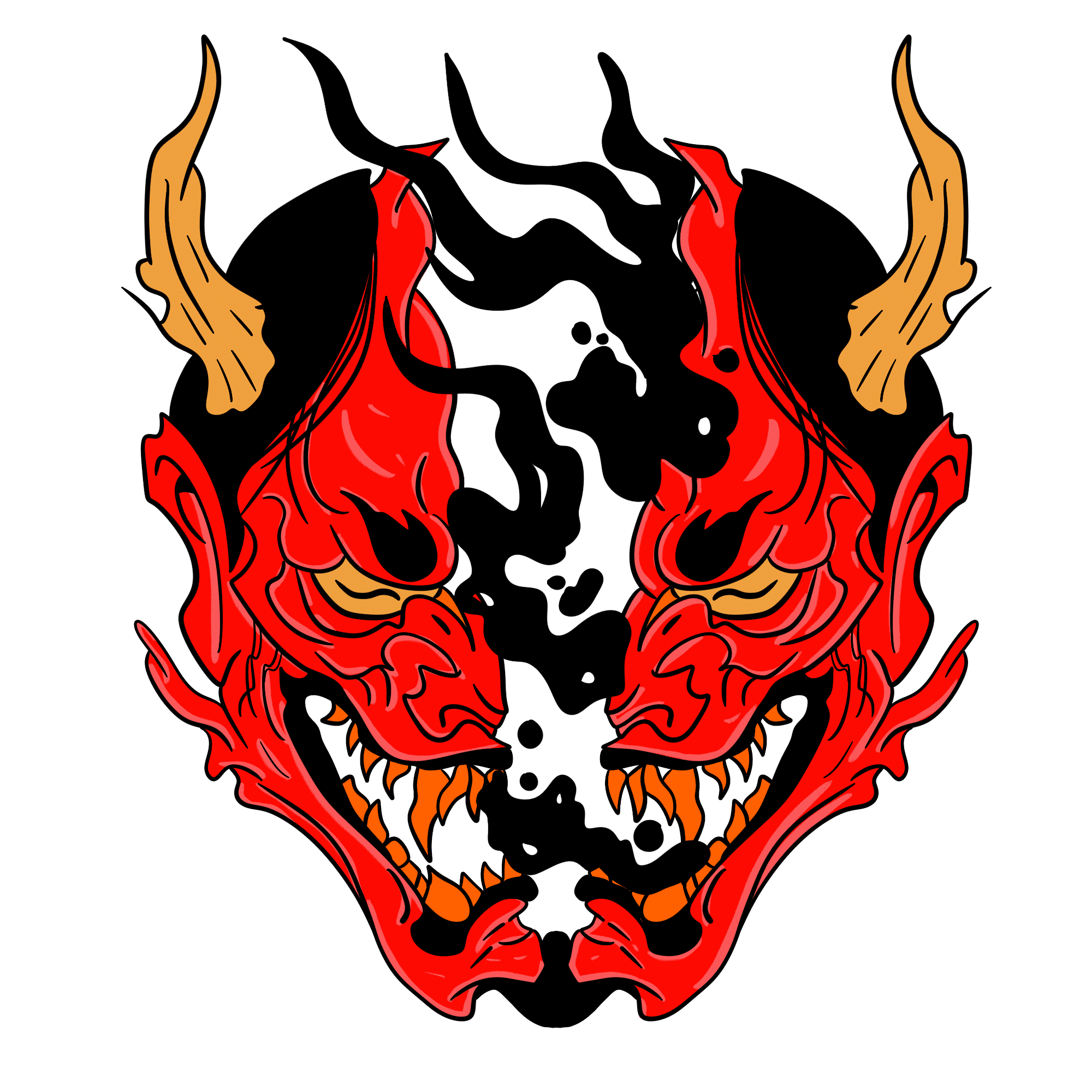Wraith


In the vast tapestry of folklore, mythology, and spiritual beliefs, demons take on many forms, each reflecting the fears, values, and cultural narratives of the societies that birthed them. One such entity is the Wraith, a spectral figure often associated with death, vengeance, and the unknown. With roots that crisscross various cultures, the Wraith embodies the darkest fears of humanity — a harbinger of doom and a reminder of mortality.
The term "Wraith" is derived from Scots, where it translates to "ghost" or "spirit." Traditionally, it refers to an apparition or a spectral figure that appears before death, suggesting its origins in superstitious beliefs about the afterlife. In contemporary contexts, the term has evolved to describe a demon-like figure that symbolizes despair, loss, and the shadowy aspects of human existence.
Cultural Representations:
1. Scottish Folklore: In Scottish tales, a Wraith often appears as a forlorn spirit, desiring to communicate unfinished business or convey a warning. These entities are sometimes seen as omens of death, likely to appear to those about to meet their demise. This connection reinforces the Wraith's association with mortality and the afterlife.
2. Literature: The imagery of the Wraith has influenced authors and poets through the centuries. Romantic literature often portrays Wraiths as tragic figures, caught between worlds, embodying themes of longing and the inevitability of death. One can find echoes of Wraiths in works by authors such as Edgar Allan Poe and H.P. Lovecraft, where they symbolize untold stories and hidden truths.
3. Modern Media: The Wraith has made its way into the realms of modern horror and fantasy, manifesting in video games, films, and literature. Here, the Wraith is often depicted as a malevolent figure, capable of instilling fear and dread. Video games, such as "Shadow of Mordor," feature Wraiths as powerful entities that players must contend with, while films like "The Ring" incorporate Wraith-like apparitions that signify curses and lingering evil.
Wraiths are typically depicted as shadowy figures, cloaked in darkness and often lacking a physical form. They are the embodiment of negative emotions — fear, grief, and unease. Their characteristics often include:
- Ethereal Nature: Wraiths are often portrayed as intangible, capable of drifting through walls and moving silently, representing the elusive nature of death itself.
- Malevolence: While not all Wraiths are characterized by evil intentions, many are seen as vengeful spirits seeking to settle scores or avenge wrongs, embodying humanity's fears of retribution.
- Guides to the Underworld: In some interpretations, Wraiths serve as guides for the souls of the departed, helping or hindering their passage to the afterlife.
- Symbols of Regret: Wraiths often carry the weight of their unfulfilled desires and unresolved issues, serving as poignant reminders of what remains undone in life.
Beyond their supernatural characteristics, Wraiths also represent psychological struggles. They symbolize the subconscious fears and traumas that haunt individuals, often manifesting as depression, anxiety, or unresolved grief. The exploration of such themes in literature and art provides a cathartic outlet for confronting the darker aspects of human experience.
The Wraith, as a demon of despair, encapsulates the complexities of the human condition. It is a figure that transcends cultures and time periods, serving as a mirror to our fears and anxieties about death and the unknown. As we engage with stories of Wraiths, whether in folklore, literature, or modern media, we confront not only the specter of mortality but also the importance of finding meaning in our lives before we make our passage into the great beyond. Ultimately, the Wraith is a haunting reminder that, amid dark shadows, there is often light to be found in the unresolved and the unfinished.
Demons



